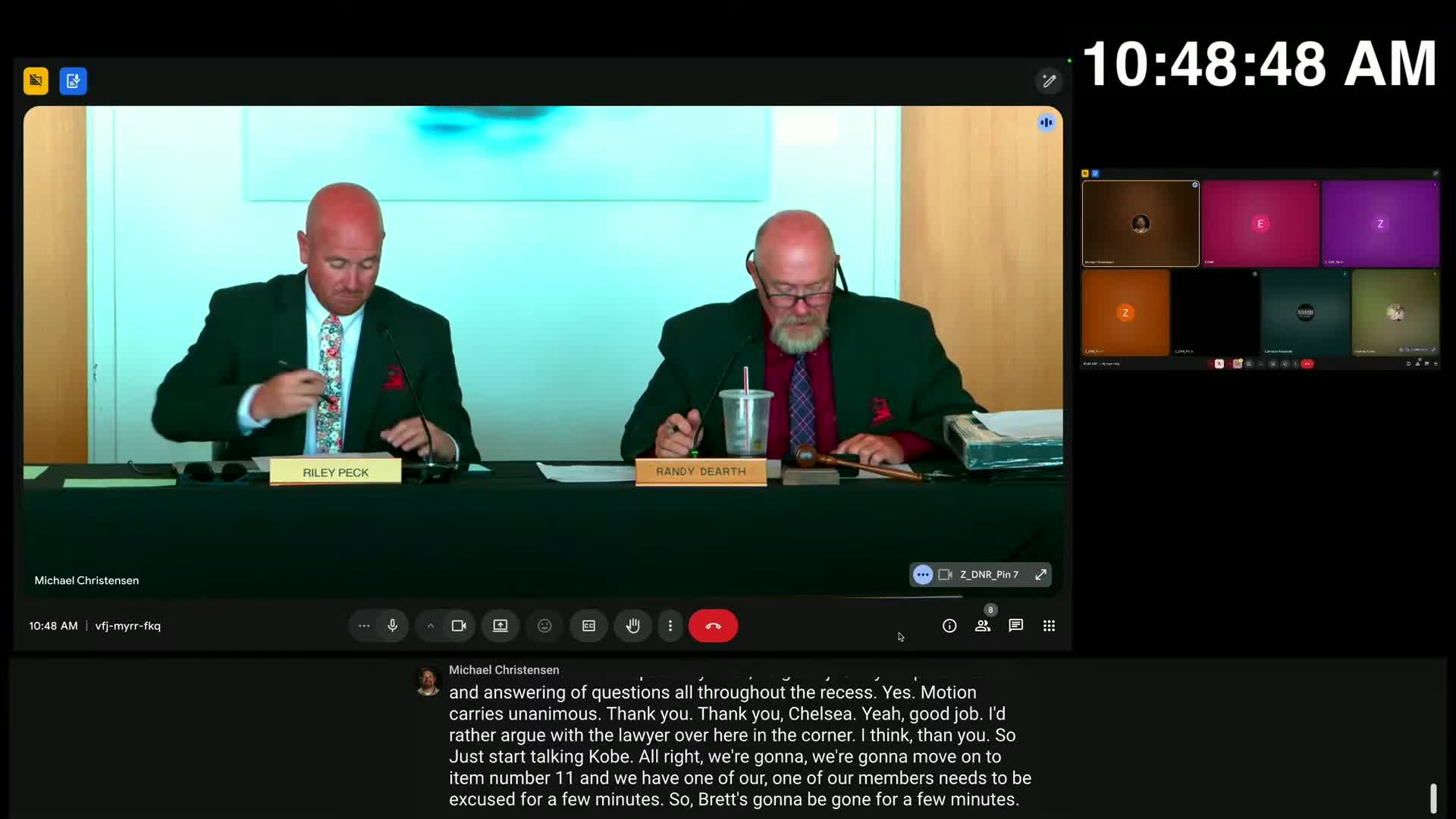Wildlife board approves sage grouse translocation and rule changes for game birds
June 13, 2025 | Utah Department of Natural Resources, Utah Government Divisions, Utah Legislative Branch, Utah
Thanks to Excel Chiropractic and Scribe from Workplace AI , all articles about Utah are free for you to enjoy throughout 2025!

This article was created by AI using a video recording of the meeting. It summarizes the key points discussed, but for full details and context, please refer to the video of the full meeting. Link to Full Meeting
One of the primary topics was the proposed translocation of sage grouse to enhance their population in areas with suitable but currently unoccupied habitats. The board outlined plans to move birds from regions with healthy populations, such as Blue Mountain and Diamond Mountain, to Tidwell Slopes and Browns Park. This initiative aims to bolster sage grouse numbers and utilize vacant habitats effectively. Board members expressed confidence in the management strategies that have kept sage grouse off the federal endangered species list, highlighting the importance of ongoing conservation efforts.

Before you scroll further...
Get access to the words and decisions of your elected officials for free!
Subscribe for FreeThe board received neutral feedback from the public regarding the sage grouse translocation, with all regional advisory councils unanimously supporting the proposal. This consensus reflects a strong community commitment to wildlife conservation and the recognition of the sage grouse as a species of greatest conservation need in Utah.
In addition to sage grouse discussions, the board reviewed amendments to regulations governing the possession and release of pen-reared game birds. The updates aim to clarify disease testing protocols and responsibilities for producers, particularly concerning mycoplasma testing. The board emphasized the importance of maintaining healthy bird populations and preventing disease outbreaks, which can significantly impact both wildlife and agricultural sectors.
The meeting concluded with unanimous support for both the sage grouse translocation and the revised game bird regulations, underscoring the board's dedication to effective wildlife management and community involvement. As these initiatives move forward, they promise to enhance Utah's natural habitats and foster a deeper connection between residents and their wildlife.
Converted from Wildlife Board Meeting 6/12/2025 meeting on June 13, 2025
Link to Full Meeting
Comments
View full meeting
This article is based on a recent meeting—watch the full video and explore the complete transcript for deeper insights into the discussion.
View full meeting





